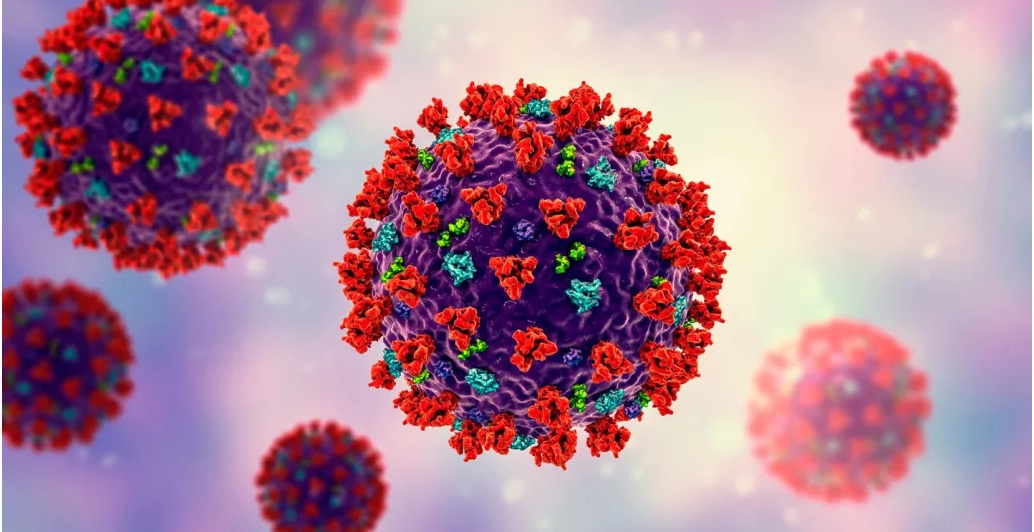
At this time of year, hands may be red, rough, and raw, and skin may feel itchy and uncomfortable. It happens because of skin getting dry.
Dry skin occurs when skin doesn't retain sufficient moisture — for example, because of frequent bathing, use of harsh soaps, aging, or certain medical conditions. Fortunately, there are many simple and inexpensive things you can do to relieve from dry skin.
Anatomy of the skin
Illustration of cross section of the skin
The skin has three layers, each with a distinct role. The lowest or innermost layer consists of subcutaneous fat, which provides insulation, energy storage, and shock absorption. Above that is the dermis, which contains blood vessels, nerves, sweat and oil glands, and hair follicles. The top layer is the epidermis, the skin's main protective barrier and the level where drying occurs. It consists of stacked layers of cells that are constantly in transition, as younger, living cells rise from the lower part of the epidermis and eventually die and fall off after reaching the surface. This continuous cycle completely renews the skin about once a month.
Skin moisturizers, which rehydrate the epidermis and seal in the moisture, are the first step in combating dry skin. They contain three main types of ingredients. Humectants, which help attract moisture, include ceramides (pronounced ser-A-mids), glycerin, sorbitol, hyaluronic acid, and lecithin. Another set of ingredients for example, petrolatum (petroleum jelly), silicone, lanolin, and mineral oil help seal that moisture within the skin. Emollients, such as linoleic, linolenic, and lauric acids, smooth skin by filling in the spaces between skin cells.
In general, the thicker and greasier a moisturizer, the more effective it will be. Some of the most effective (and least expensive) are petroleum jelly and moisturizing oils (such as mineral oil), which prevent water loss without clogging pores. Because they contain no water, they're best used while the skin is still damp from bathing, to seal in the moisture. Other moisturizers contain water as well as oil, in varying proportions. These are less greasy and may be more cosmetically appealing than petroleum jelly or oils.
Dos and don’ts to deal with dry skin Limit yourself to one 5- to 10-minute bath or shower daily. If you bathe more than that, you may strip away much of the skin's oily layer and cause it to lose moisture. Use lukewarm water rather than hot water, which can wash away natural oils. Minimize your use of soaps; if necessary, choose moisturizing preparations. Steer clear of deodorant soaps, perfumed soaps, and alcohol products, which can strip away natural oils. To reduce the risk of trauma to the skin, avoid bath sponges, scrub brushes, and washcloths. Apply moisturizer immediately after bathing or after washing your hands. To reduce the greasy feel of petroleum jelly and thick creams, rub a small amount in your hands, and then rub it over the affected areas until neither your hands nor the affected areas feel greasy. Never, ever scratch. Most of the time, a moisturizer can control the itch. You can also use a cold pack or compress to relieve itchy spots. Use sunscreen in the winter as well as the summer to prevent photoaging. When shaving, use a shaving cream or gel and leave it on your skin for several minutes before starting. Use fragrance-free laundry detergents and avoid fabric softeners. Avoid wearing wool and other fabrics that can irritate the skin.
Dos and don’ts to deal with dry skin












0 Comments